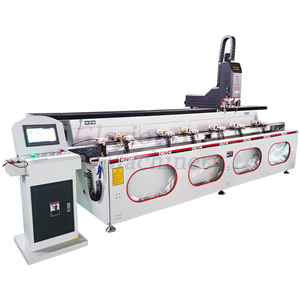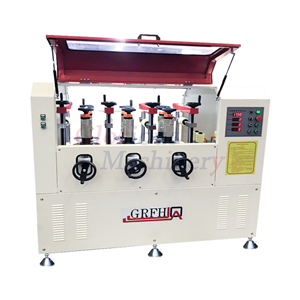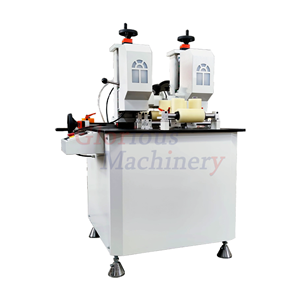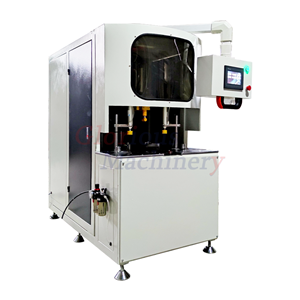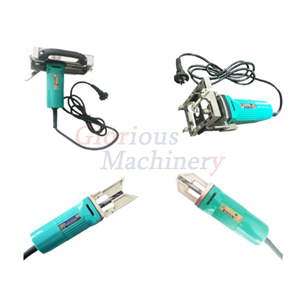- Home
- >
- News
- >
- Technical Article
- >
- Introduction to Cutting Equipment for Thermal Break Aluminum Windows and Doors
Introduction to Cutting Equipment for Thermal Break Aluminum Windows and Doors
In the modern construction and home improvement industries, thermal break aluminum windows and doors (also known as 断桥铝门窗 in Chinese) have become a popular choice due to their excellent insulation properties, durability, and energy efficiency. The manufacturing of these high-performance windows and doors requires precision in every stage, especially when it comes to the cutting process. The cutting equipment used in the production of thermal break aluminum profiles is essential for ensuring product quality and optimizing production efficiency.
1. Double Head Precision Cutting Saw
One of the most commonly used pieces of equipment in the production of thermal break aluminum doors and windows is the double head precision cutting saw. This machine is designed to cut aluminum profiles at precise angles (45° and 90°) for frame construction. The saw is equipped with a high-precision spindle and a durable carbide saw blade, which ensures accurate cuts with minimal deviation. The cutting tolerance is usually within 0.1 mm, and the angle tolerance is ±5 minutes. This high degree of accuracy is crucial to ensure the sealing performance and thermal insulation properties of the final product.
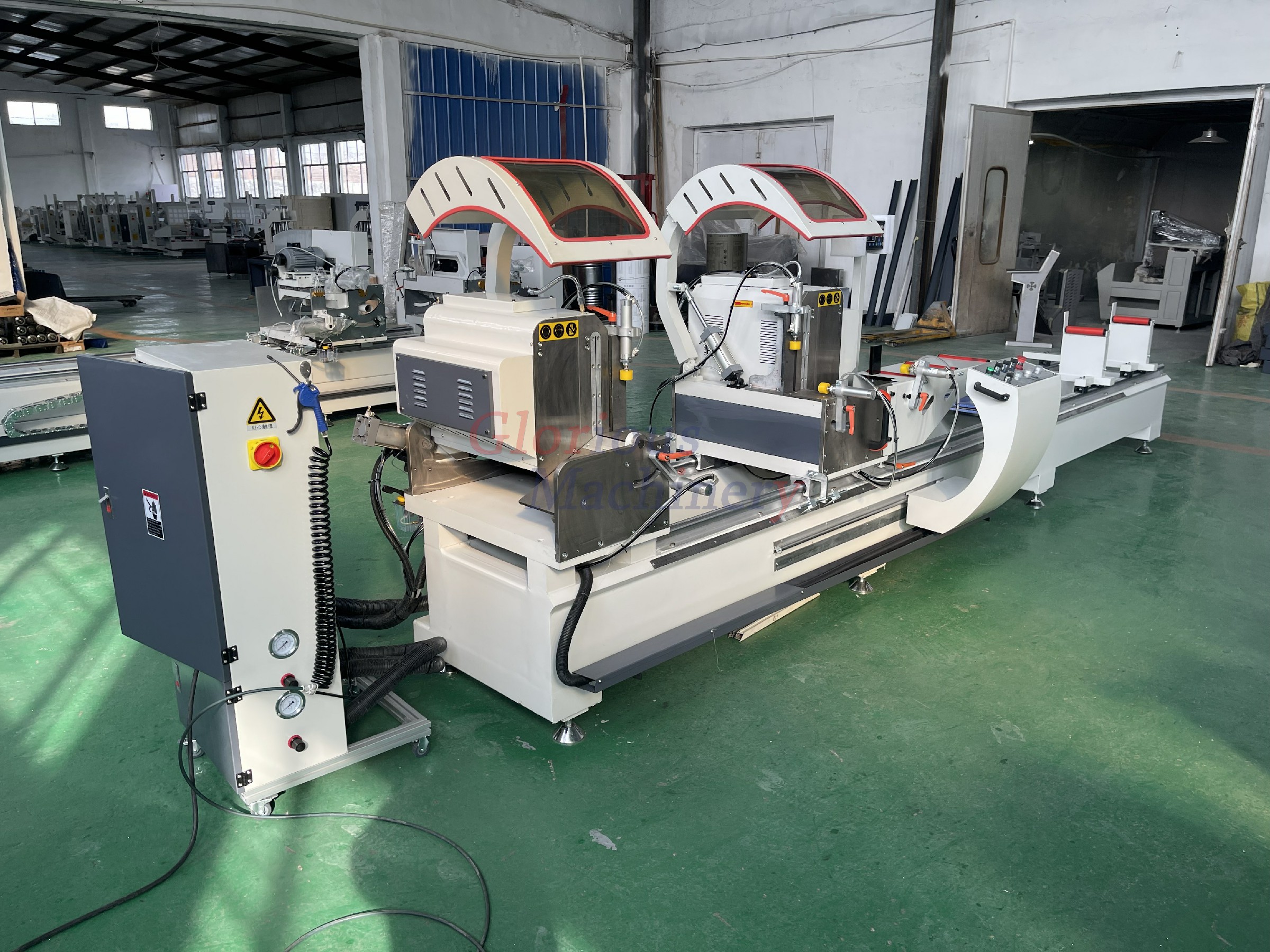
2. Automatic Corner Cleat Saw
The automatic corner cleat saw is another essential piece of equipment for processing thermal break aluminum profiles. It is primarily used to cut the corner connectors (corner cleats) of aluminum doors and windows, which help to connect the window frames at specific angles. This machine improves production efficiency by reducing manual labor and ensuring consistency in cutting, which is crucial for structural integrity and aesthetic appeal. Many of these saws are fully automated, offering high-speed cutting and minimal material waste.
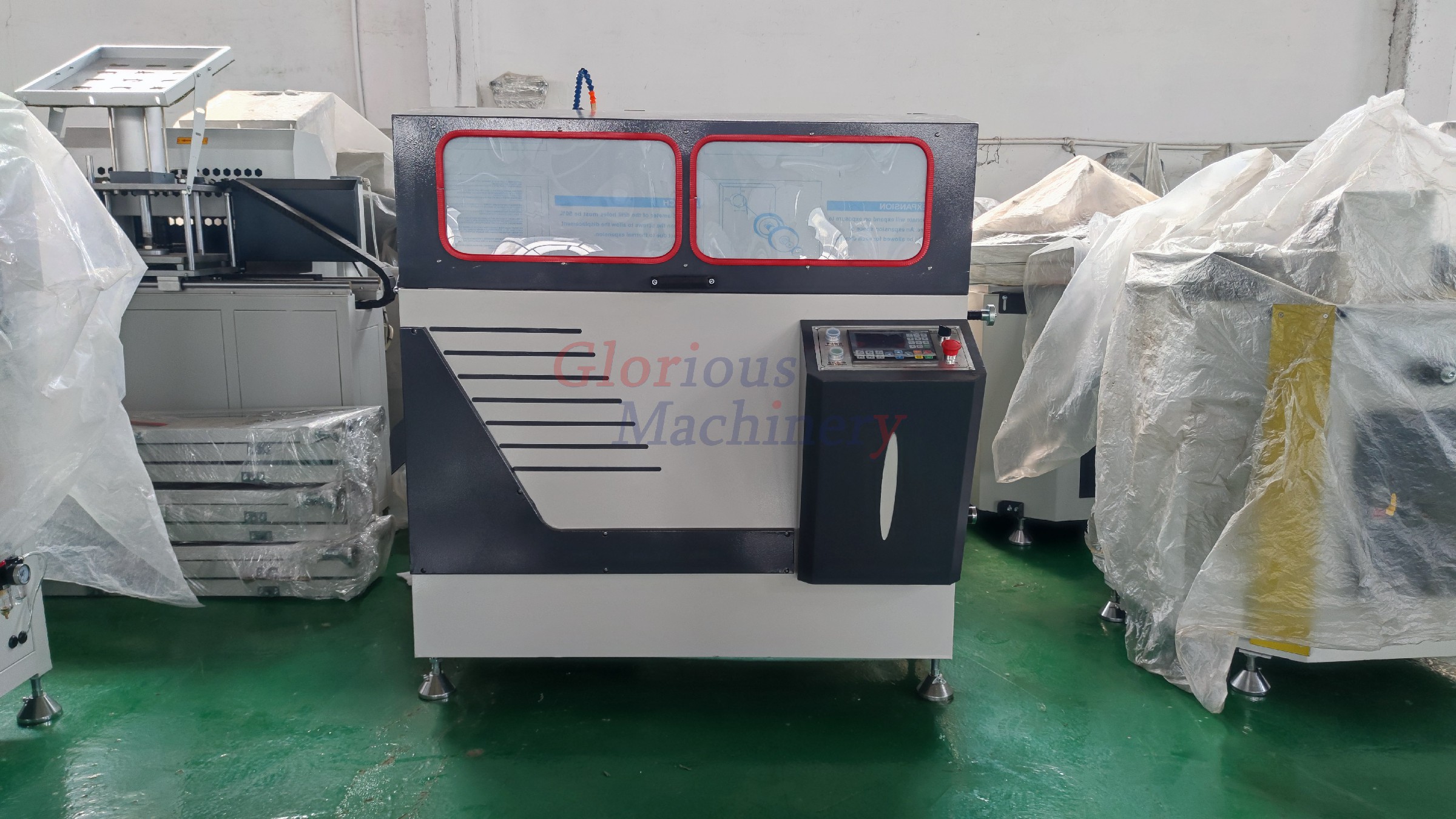
3. Hydraulic Corner Crimping Machine
For thermal break aluminum window systems that use corner crimping techniques (as opposed to corner cleats), the hydraulic corner crimping machine plays a vital role. This machine uses hydraulic pressure to firmly join the aluminum profiles, ensuring a secure and durable corner connection. Corner crimping is a widely used method in aluminum door and window fabrication, as it creates a strong bond that improves the strength and longevity of the finished product.
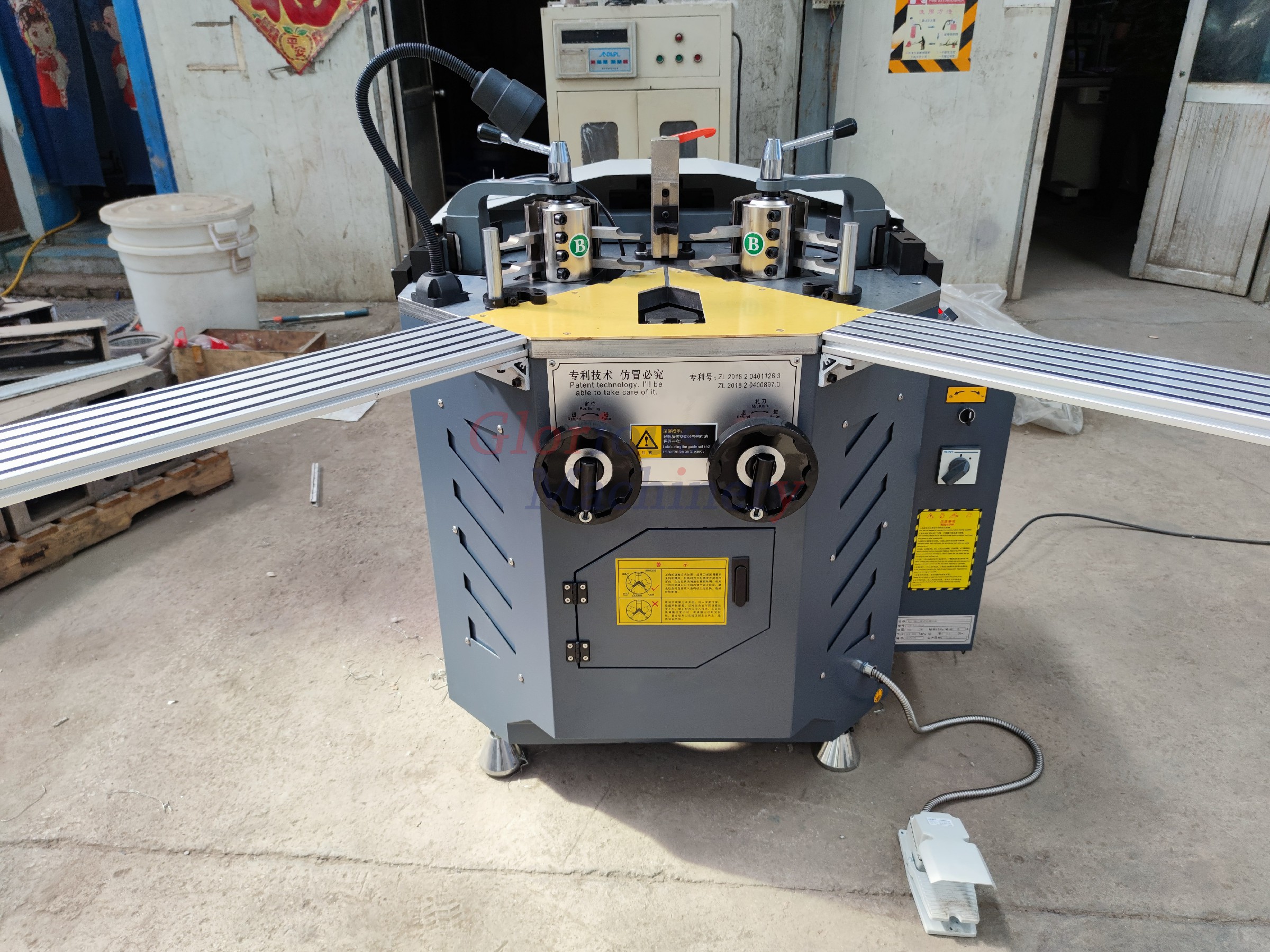
4. Copy Milling Machine
The copy milling machine is designed for the more complex machining of aluminum profiles, such as the creation of lock body holes, handle holes, and other intricate shapes required for opening windows and door systems. This equipment ensures that the profiles are accurately milled, providing the required functional slots for hardware installation. The precision of the copy milling process is particularly important for ensuring that the sealing and security features of the doors and windows function properly.
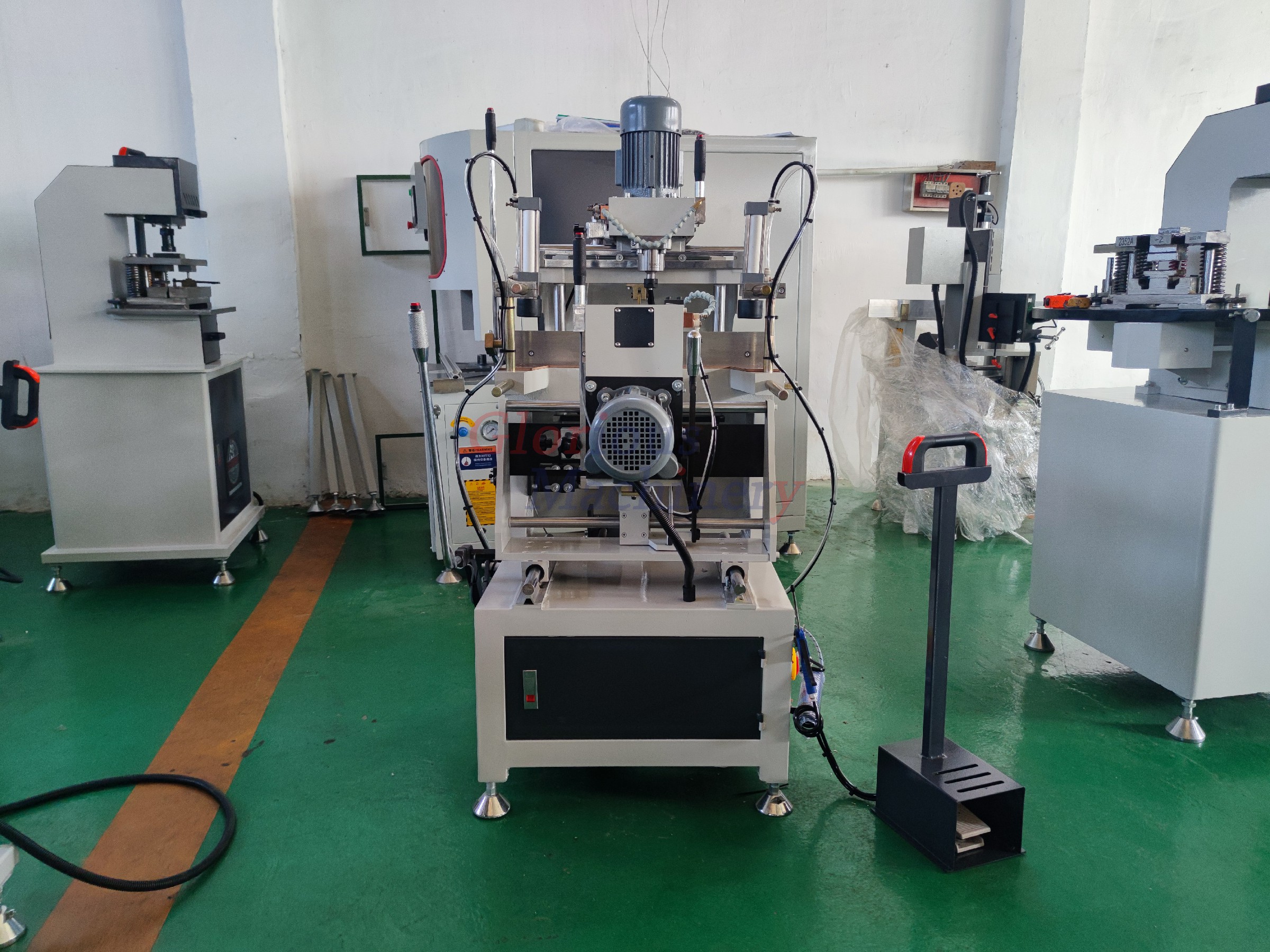
5. Pneumatic Punching Machine
For high-volume production, the pneumatic punching machine is an invaluable piece of equipment. It is used to create holes for the window and door hardware, such as hinges, handles, and locks. The pneumatic punching machine operates quickly and efficiently, offering consistent hole placement and reducing the time spent on manual labor. Its ability to work with thermal break aluminum profiles ensures that each hole is precisely aligned with the other components of the window or door.
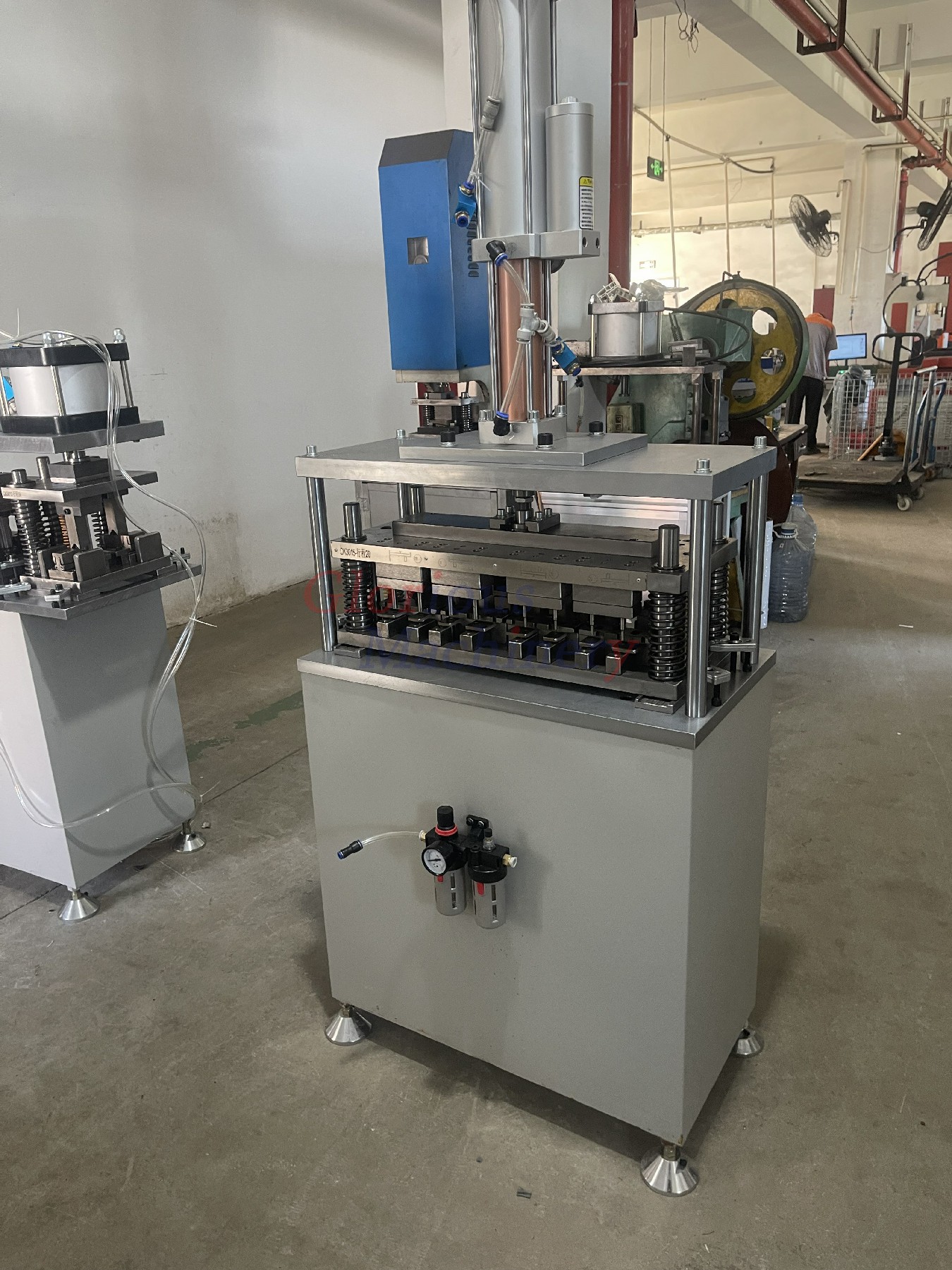
Conclusion
Choosing the right cutting equipment for thermal break aluminum windows and doors is a critical factor in ensuring high-quality, energy-efficient products. The precision, speed, and automation offered by modern cutting machines directly impact the structural integrity, insulation performance, and aesthetic quality of the finished windows and doors. As the demand for energy-efficient and durable building materials grows, the role of advanced cutting equipment in the aluminum window and door industry will only continue to increase, offering manufacturers the ability to meet stringent quality standards and production efficiency goals.


